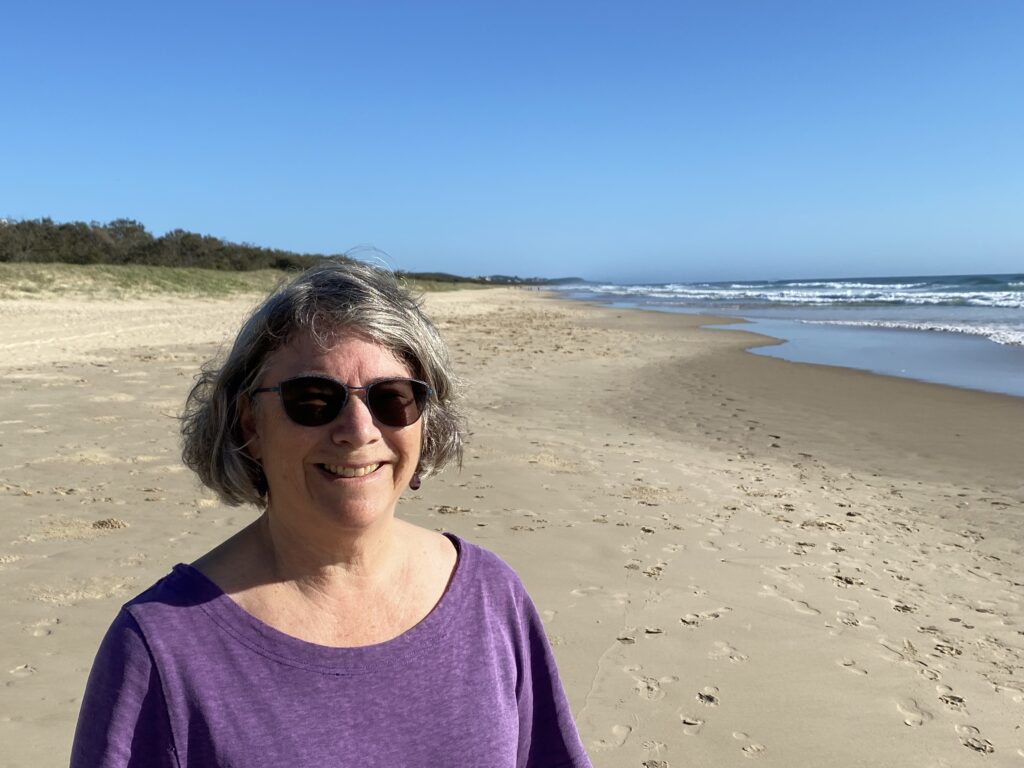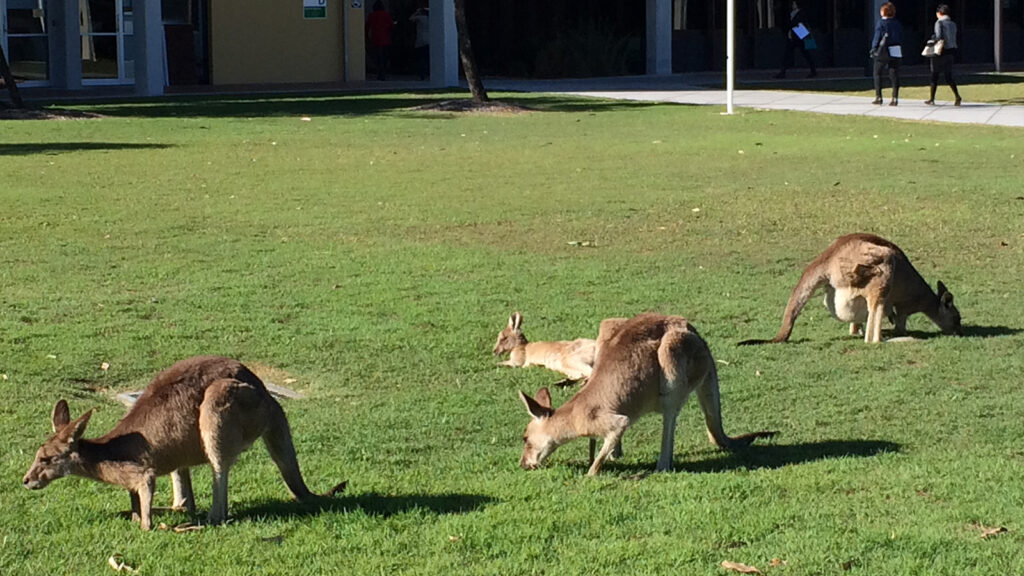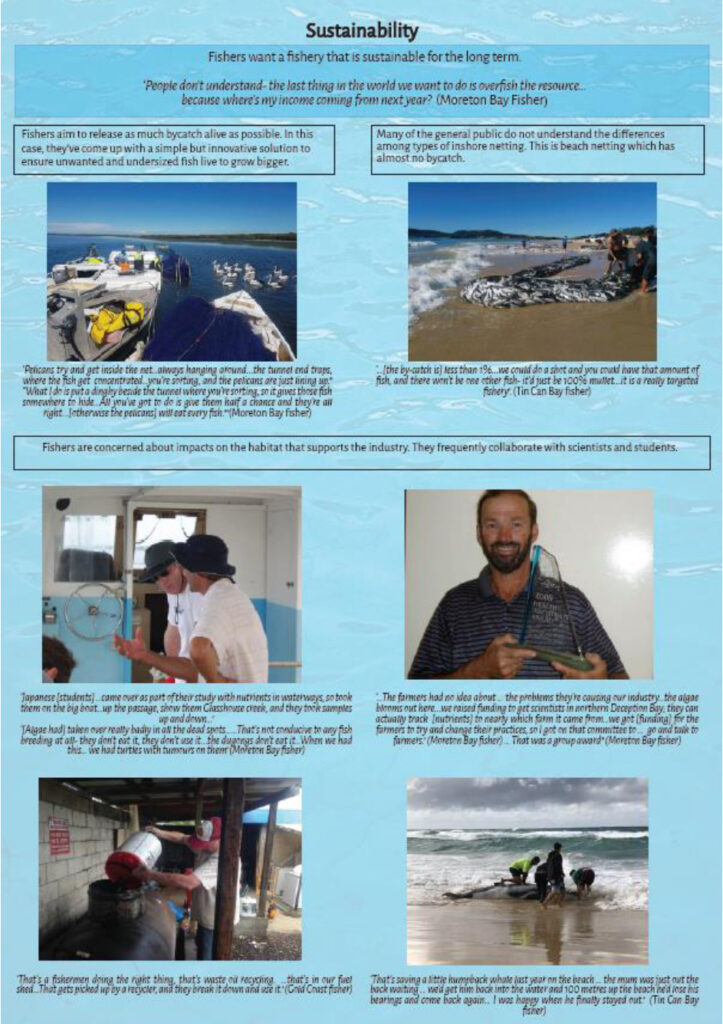Meet the Editor:
Professor Claudia Baldwin
In this inaugural interview in our “Meet the Editor” series, we speak to Professor Claudia Baldwin, Associate Editor of Australasian Journal of Environmental Management (AJEM). Claudia currently works as a Professor of Sustainability at the University of Sunshine Coast and has published over 50 journal articles and three books, one of which is Integrated Water Resource Planning. Here, she shares insights into her research focus, what sparked her interest in environmental education, and helpful tips to help early career researchers publish and advance in their careers.
Can you introduce yourself, give us a brief description about who you are, and where you are based in the world.
I’m a Professor of Sustainability in the Sustainability Research Centre, School of Law and Society at University of the Sunshine Coast, near Maroochydore, Queensland Australia. I taught in the Urban and Regional Planning (later Urban Design and Town Planning) program from 2006 to 2021, at which time I stepped back from teaching to focus on research.
I grew up in Canada, married an Australian, and have lived in Australia since 1982. Hence, I greatly appreciate the year-round warmth, and having something in flower every day of the year.
I’ve been fortunate to have travelled to many countries for leisure and work and enjoy learning new languages – my latest is Auslan, the Australian sign language for the hearing impaired.
In a few sentences, please describe the focus of your work.
I have combined my background in social science and environmental management, aiming to influence how humans can maintain and improve the quality of our rural and urban environment. My most recent research focuses on mitigation and adaptation to the effects of climate change, from reducing heat through green infrastructure, managing fire in a hotter climate, to understanding how youth think and feel about climate change.
A general theme of my interdisciplinary work can be summed up in the practice of embedding sustainability in policy and planning, monitoring, and on-ground implementation. On first arriving in Australia, I worked for the Great Barrier Reef Marine Park Authority, Townsville in planning, research, and monitoring. This was followed by work for Queensland government in Brisbane on a range of NRM (Natural Resource Management) issues: coastal and water policy and planning, catchment and vegetation management, planning legislation, and ecotourism as well as a stint in Office of Cabinet, which opened my eyes to the politics of decision-making. More recently my teaching and personal life experience inspired my work in age and ability friendly communities



What sparked your interest in this field and why is it important?
My home in small town Ontario, Canada was surrounded by walnut, cedar, chestnut and maple trees and associated wildlife and it was close to the intersection of two rivers, so I was close to nature from a young age. I strongly believe that human well-being is intricately interlinked with nature. Through my travels I have seen wonderful, protected landscapes and many more worth conserving.
Great examples of environmental education and interpretation are truly inspiring – World Heritage sites such as Dinosaur Provincial Park, Alberta Canada; Great Barrier Reef Australia; the whale trail and whale sanctuary on St Lawrence. Through my government and community work, I witnessed a crucial need for consensus-building to find agreement on contentious issues – and this was the basis of my PhD and ongoing research.

What led you to become an editor with AJEM, and could you briefly share what your role as an editor entail?
I’ve always been a keen reader and writer, and more recently, an educator and academic. After presenting a paper at an Environment Institute of Australia and New Zealand (EIANZ) conference, I was approached to be involved in the AJEM Board, first as book review editor, later as a handling editor for research articles, as well as frequent co-author of issue editorials.
As a journal editor, the first step is to ensure an article is a fit with the journal aims, and to ensure it is of sufficient quality to ask peer reviewers to volunteer their time. I also ask if it is contributing something new to the field. I review peer reviewers’ responses, and respond to the author(s), giving additional advice about revisions where necessary.
The next step is to review the authors’ response and revision, decide if it is ready for acceptance, needs further work or additional peer review. All of this involves reading the article and reviews thoroughly.
Part of the motivation for coordinating peer reviews, and doing peer reviews for other journals, is similar to book reviews. I get to see the latest research and gain early insight on a topic before it is published. As an educator, I can build publications into my curriculum.
Goal 13 (Climate Action) of the SDGs is closely linked to the work you do. What progress would you like to see next towards addressing this goal?
We need much greater community awareness, acceptance, and empowerment to take mitigation action individually and as a group to influence politicians to commit to reduce greenhouse gas emissions: enact stringent requirements on powerful polluters – not just industry but transport, reduce vegetation clearing and undertake vast revegetation campaigns, and invest in appropriate technology and its adoption (renewable energy, electric vehicles).
What advice would you give to early career researchers who are just starting out in this field?
My advice is to develop broad interests and general knowledge about a range of environmental topics, but also specialise in a couple of areas of expertise, to be competitive in a field e.g. community participation and environmental monitoring; renewable energy, environmental education and communication; GIS and statistics.
Attend and present at conferences or workshops to be inspired by what others are doing and test your work among your peers.
Publish as much as possible. Publishing with a team broadens your research reach.
Offer to peer review on topics you are familiar with, as you can learn a lot about what is good writing and get insight into the latest research in your field.
Think of innovative ways of doing research that don’t require sizeable funding – collaborating with a peak body or NGOs who want credible research and will support the research with in-kind resources, so that you have relevant research to publish.
Read her article: Food systems and environmental management.

About the Journal
Australasian Journal of Environmental Management is published four times a year (March, June, September and December) and addresses general issues of policy and practice in resource and environmental management. The focus is on Australian and New Zealand practice, but articles covering relevant international perspectives are welcome. One of the four regular issues may be devoted to a specific theme, for example a particular management problem or resource sector investigation. Emphasis will be on topicality. The journal aims to enhance communication and understanding across many areas of resource and environmental management, and so contribute to improving environmental practice.


